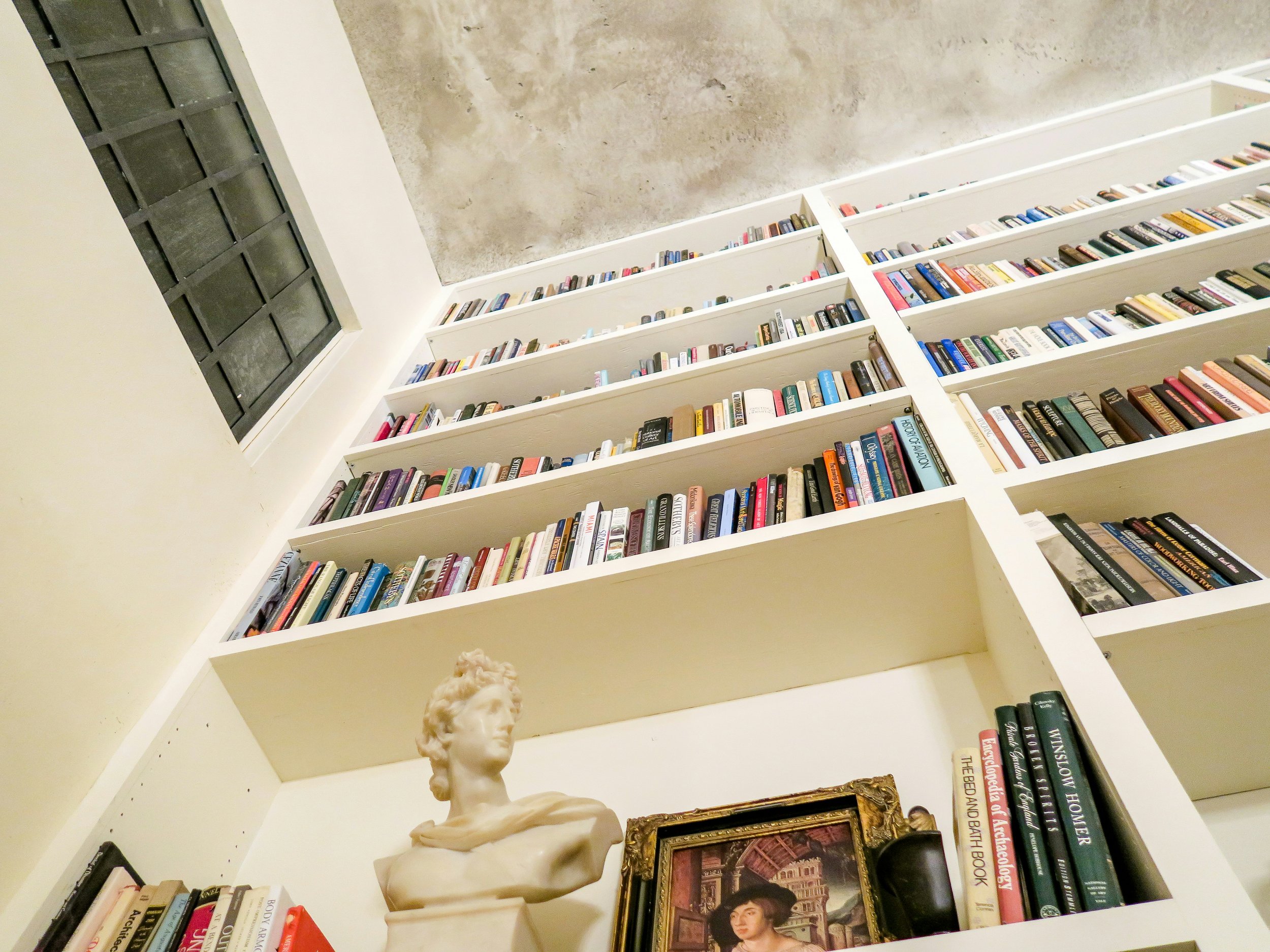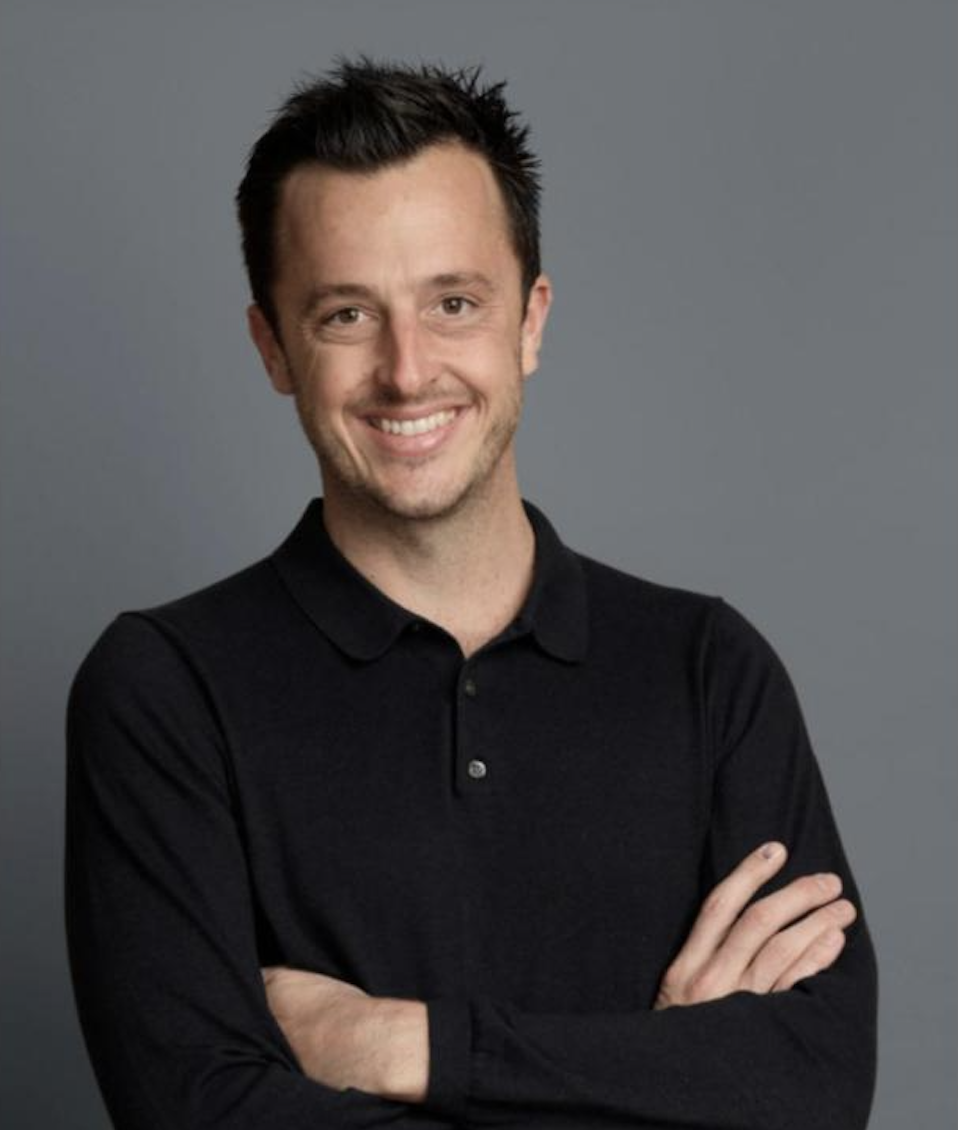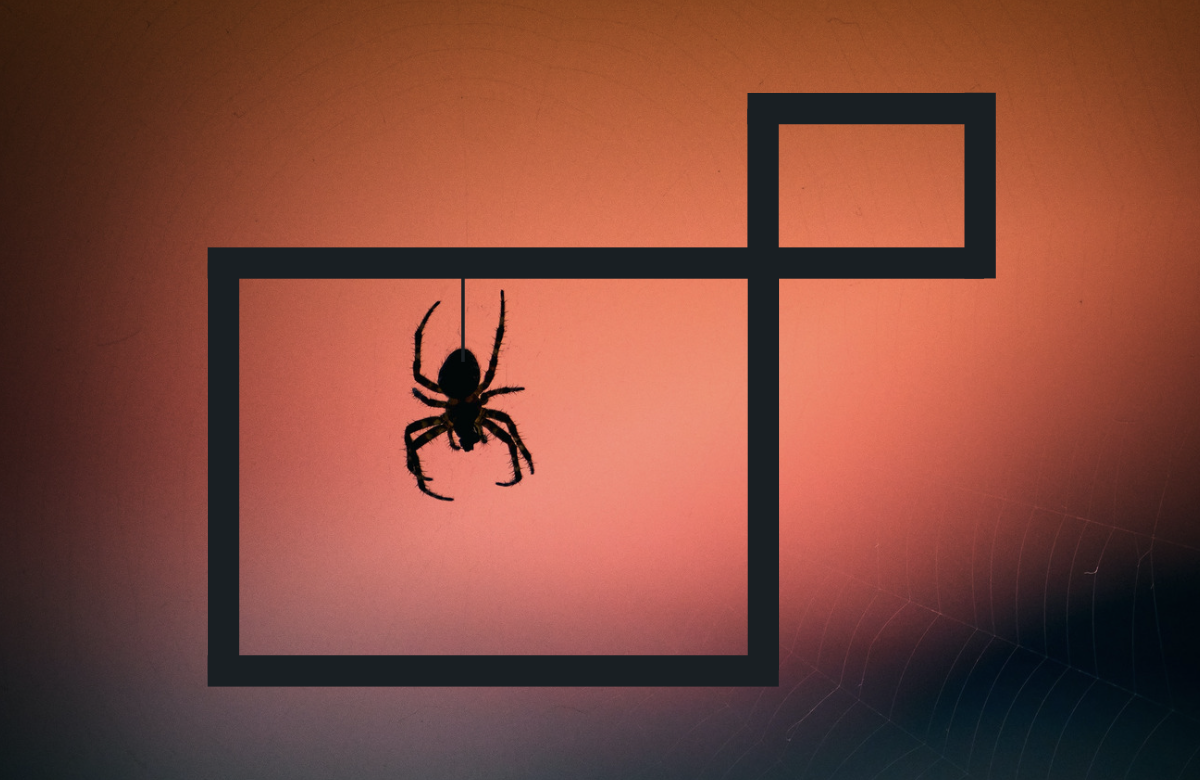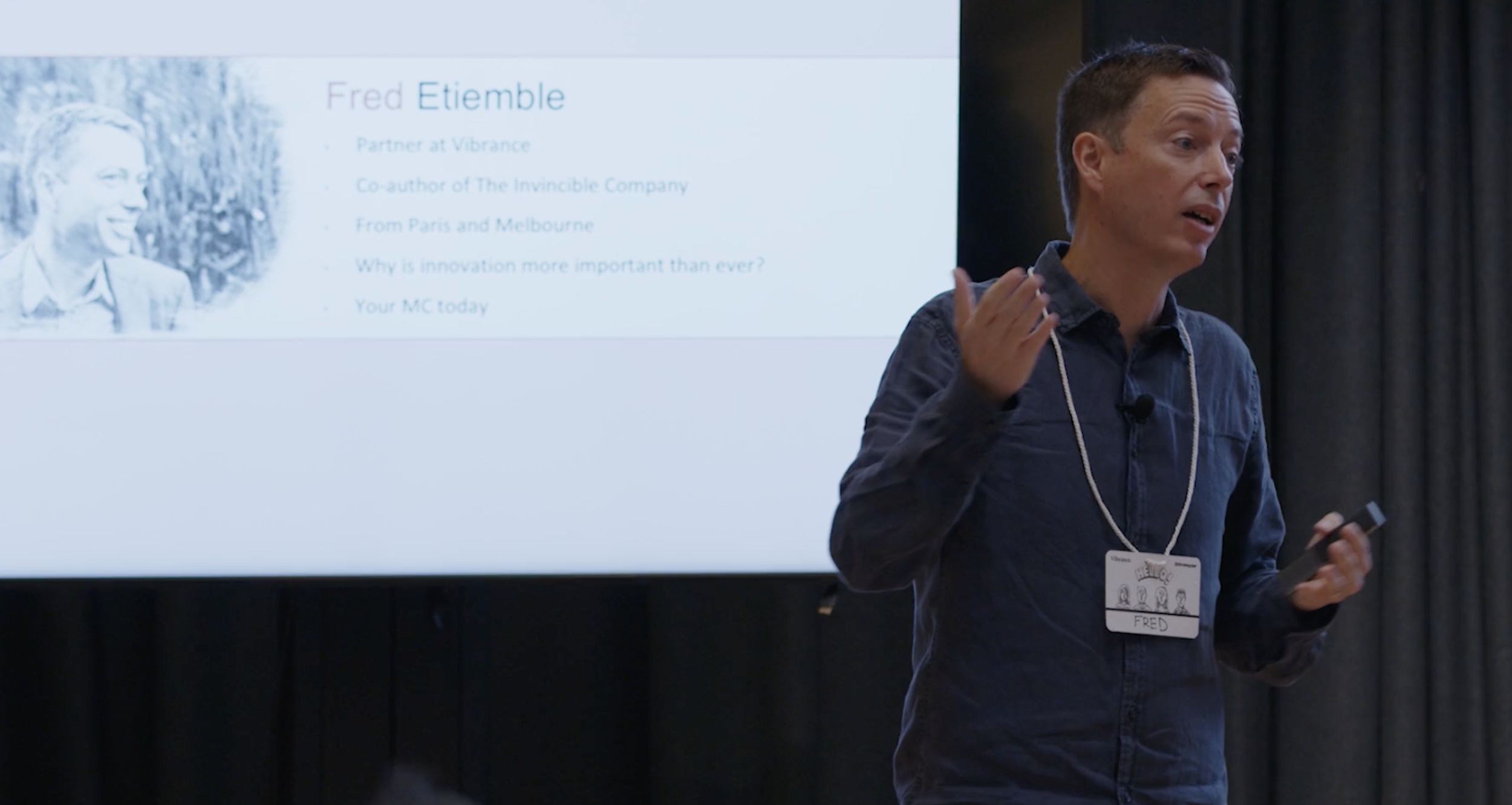What can we learn from Owlet on testing new business ideas?
At Strategyzer we often use the Owlet video (a pitch that led the Owlet team to win the International Business Model Competition in 2013) when we train business teams on how to execute innovation sprints.
First, we apologize to team members in advance, telling them that a group of innovation professionals like themselves with access to corporate knowledge and a wealth of resources will probably not learn much from a group of inexperienced students, but we show them the video anyway. Of course, this is a set-up as there is so much to learn in this 10-min video!
In this post, I want to highlight some key principles related to testing new business ideas that are superbly illustrated by the Owlet video.
1. Trust the testing process, not your vision!
Co-founder Jake Colvin explaining how Owlet’s most critical hypothesis proved wrong and why they had to pivot their business model after one week of testing.
Success in innovation and entrepreneurship is based on solid testing. Notice how little time the Owlet team spends on selling their vision and business idea.
Instead, they focus on explaining how they de-risked their most critical hypotheses by running a number of experiments, getting solid evidence and insights and finally acting accordingly - even when it means letting go of core aspects of their initial vision.
So, within the first couple of minutes, the Owlet case study already resonates two convictions of ours:
1. Don’t fall in love with your initial idea
2. Innovation is a constant iteration between design and testing, enabled by a solid testing process.
2. Test desirability before feasibility!
Colvin explaining why they tested market risk first before testing the technology risk.
When you start testing your hypotheses, should you start with desirability hypotheses, feasibility hypotheses or viability hypotheses?
So many teams we work with are drawn to testing feasibility hypotheses first. We always strongly advise them against this.
You want to know why? Because many startups work on products nobody wants.
Innovation teams can avoid all the wasted time, resources and effort by applying one simple principle: start with testing desirability hypotheses!
If the tests show that your business idea has traction then keep going. But if no one wants your product or service then you have learned something valuable without having to spend much time, resources and effort.
By starting with market risk, i.e. desirability hypotheses, the Owlet team was able to learn within a week that their initial business idea – selling a wireless pulse oximetry device to hospitals - would never work and pivot their value proposition accordingly. In the course of 6 weeks they almost entirely de-risked the desirability of their business idea, even before building anything. Pretty impressive!
Here’s another blogpost on how to systematically reduce the risk of new business ideas, if you’d like to dive deeper.
3. Evidence trumps opinion
Co-founder Kurt Workman explaining how pricing opinions coming from customer surveys proved very unreliable and how A/B pricing tests provided more solid evidence.
Almost every innovation team we work with starts testing with customer interviews. While customer interviews are great for discovery, they are tricky for hypothesis-based testing. For a team with limited interviewing experience it is easy to go off track by mistaking opinions for facts.
Our constant coaching challenge in these situations is to push teams to go beyond interviews and select several experiments with a call-to-action that will give the teams solid evidence on which to base their action.
“Be careful, what people say and what people do are two different things” we tell our teams, “don’t only do customer interviews”.
They nod politely but it is hard to swallow, and they don’t really believe our advice to mistrust the data coming from customer interviews… until we show them how Owlet tested the pricing of their product.
When asked for their opinion, people told the Owlet team they would expect to pay $92 for their product and would never spend more than $214.
But in later pricing A/B tests, isn’t it interesting that the optimal price to maximise conversion proved to be $299, much higher than any price the Owlet team had heard in customer surveys?
Their pricing tests demonstrate that “what people say and what people do are two different things”, and even shows us that it sometimes plays to our advantage.
4. You don’t need more time and money to test your business idea
Co-founder Kurt Workman summarising the time and money they spent to de-risk their business idea.
After just 24 weeks and having spent $1150, the OWLET team had de-risked 2 business models enough for further investment. When I hear a team complain that they don’t have enough time or money for testing, I don’t argue but I invite them to watch the Owlet video again. I remind them that if a random team of students with no money can de-risk their business idea in 24 weeks as a class project, then there should be no reason why a team of professionals with access to so much more corporate resources couldn’t do it.
5. Tell your story with the Business Model Canvas
Co-founder Jake Colvin using the business model canvas with images and color coding to share complex learnings in a simple way. Here the learning is that your user is not your customer.
If you watch the video, notice how easy it is to follow the story.
The Owlet team uses the business model canvas to tell of how they de-risked the most critical hypotheses of their business idea and it just flows, even when they are sharing complex learnings.
Most teams we work with have the default temptation to build a fancy PowerPoint deck to impress their jury but we insist that evidence, not a fancy PowerPoint, is what matters most, and that the Business Model Canvas is the obvious tool to tell their story and showcase this evidence. If they need any convincing, we show them a typical “cognitive murder” pitch next to the Owlet video and they can decide for themselves which one they would invest in.
In my work with innovation teams, I also use Owlet to benchmark their progress midway through an innovation sprint. Funny enough, I have not yet met a team able to make more progress in those first few weeks than Owlet. When I meet a team that can progress as fast as Owlet, I will have no other choice than to enroll them in the next International Business Model competition.
On a final note, let’s acknowledge that it takes time to build and scale a business as the Owlet story between 2013 and today shows. And that’s the last learning from this case I wanted to share.
The first few weeks are important, but there are many more weeks afterwards that are equally important in the long journey from idea to business.
Footnote: All images taken from the 2013 International Business Model Competition Owlet video














